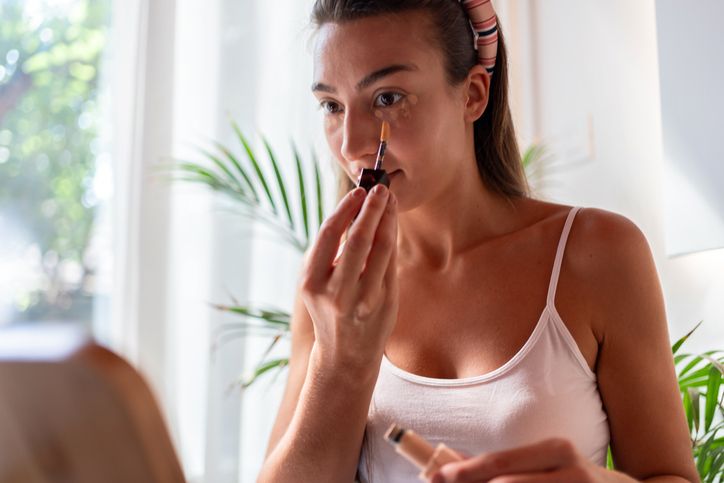- Home
- Trend
- Weight Loss Strategies
- Acne Tips
- Hair Health Information
- Blemish Removal Tips
- Acne Scar Removal Tips
- Muscle Building Techniques
- Intimate Care Tips
- Postpartum Intimate Care
- Eye Bags Wiki
- Tips for Face Slimming
- Secret of Permanent Hair Removal
- Breast Enlargement Tips
- Cure to Snoring
- Marionette Lines
- Skin-Tightening Secrets
Hair loss. It's a common concern for both men and women, and it can be a source of significant anxiety. The internet is full of conflicting advice and "miracle cures," making it difficult to separate fact from fiction. Before you succumb to the allure of the latest hair growth tonic, let's debunk some of the most persistent hair loss myths and explore the science behind healthy hair growth.
Myth #1: Wearing Hats Causes Thinning Hair
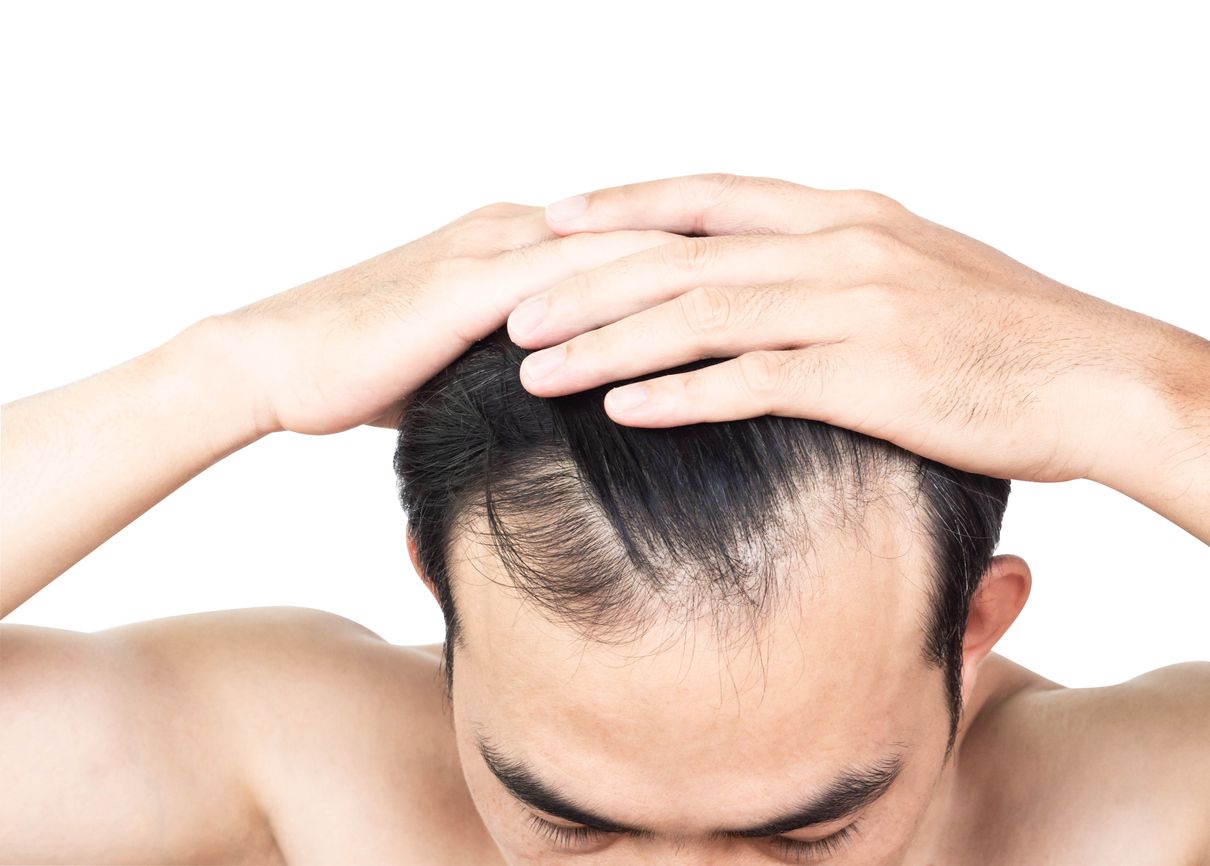
This myth has been around for ages, often leading people to worry about the impact of their favourite headwear on their hair. The truth, however, is far from this misconception. Wearing hats does not cause baldness. Hair loss is primarily influenced by genetic predisposition and hormonal changes, rather than external factors like headwear.
Hair follicles, the tiny structures responsible for hair growth, receive their nourishment and oxygen through the bloodstream, not directly from the air. This means that wearing a hat, whether it's snug or loose, doesn't significantly affect blood flow to the scalp or the health of your hair follicles. The idea that hats can lead to baldness stems from a misunderstanding of how hair growth works.
In fact, hats can sometimes offer protection to your hair by shielding it from environmental stressors like sun exposure, wind, and pollutants. They can also help to retain moisture in your hair and scalp, especially during dry or harsh weather conditions. However, it's essential to choose hats made from breathable materials and avoid wearing them for extended periods in hot or humid conditions to prevent scalp irritation or sweat buildup, which can indirectly affect hair health.
So, if you love wearing hats, whether it's a stylish fedora, a cosy beanie, or a sporty cap, go ahead and enjoy them without worrying about causing baldness. Focus instead on maintaining a healthy scalp and hair care routine, including regular washing, conditioning, and protecting your hair from excessive heat styling or chemical treatments. These habits, along with a balanced diet and proper hydration, play a more significant role in promoting healthy hair growth and preventing hair loss than the type of headwear you choose.
Myth #2: Dandruff Makes You Lose Hair
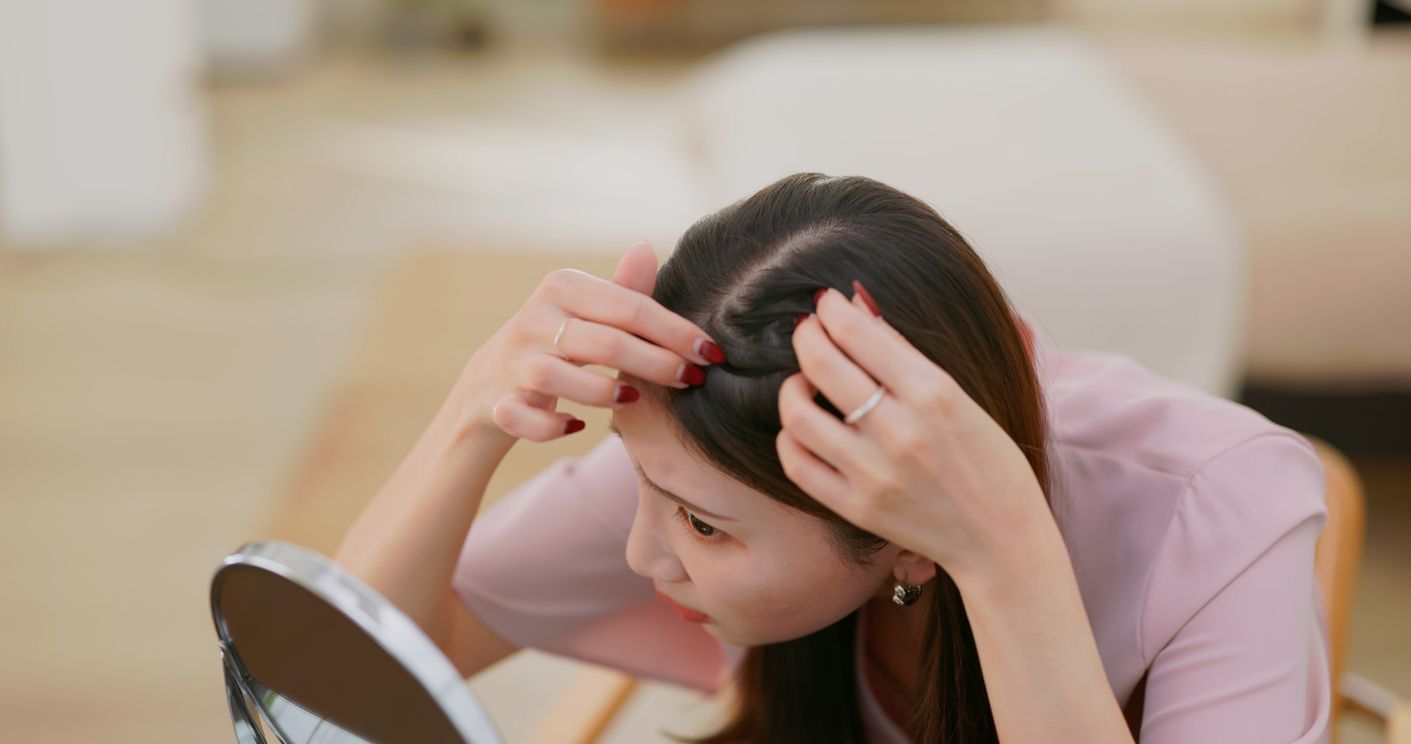
Another common myth surrounding hair health is the belief that dandruff causes hair loss. In reality, dandruff is simply dead skin cells flaking off the scalp, often accompanied by itching and irritation. While dandruff itself doesn't directly lead to hair loss, severe cases of dandruff can contribute to temporary hair shedding due to excessive scratching and scalp irritation.
When someone experiences intense itching and irritation due to dandruff, they may scratch their scalp vigorously, causing trauma to the hair follicles. This repeated scratching can weaken the follicles and lead to hair breakage or shedding. However, it's crucial to note that this hair loss is temporary and usually resolves once the dandruff is effectively treated.
The key to addressing dandruff-related hair loss is to treat the underlying dandruff issue. Using a gentle dandruff shampoo containing active ingredients like salicylic acid or ketoconazole can help control flaking, reduce scalp inflammation, and create a healthier environment for hair growth. Regular use of such shampoos can effectively manage dandruff and minimise the risk of scalp irritation and subsequent hair loss.
In addition to using specialised dandruff products, practising good scalp hygiene is essential. This includes regular washing with a mild shampoo, avoiding harsh hair care products that can irritate the scalp, and gently massaging the scalp during shampooing to remove flakes and improve circulation.
免費體驗
F8 Hair Regrowth Treatment
1 Minute Self-Registration
Date should not be before minimal date
Myth #3: Washing Your Hair Too Often Causes Hair Loss

One prevalent myth in hair care is the belief that washing your hair too frequently leads to hair loss. This misconception often arises from the idea that frequent washing strips the scalp of its natural oils, potentially harming hair follicles. However, the reality is quite different, and daily washing does not directly cause hair loss.
Your scalp naturally produces sebum, an oily substance that lubricates both your hair and scalp. This sebum helps keep your hair hydrated and protected. Unless you're using harsh shampoos or washing excessively with very hot water, daily washing will not lead to hair loss. In fact, regular washing is crucial for maintaining a clean and healthy scalp.
The accumulation of dirt, sweat, environmental pollutants, and styling products can clog hair follicles over time. This buildup can suffocate the follicles, leading to issues like dandruff, scalp irritation, and even hair thinning. Therefore, it's important to remove these impurities regularly through washing.
When washing your hair, opt for a gentle shampoo that suits your hair type and needs. Harsh shampoos containing sulphates or other strong chemicals can strip away too much oil from the scalp, potentially causing dryness and irritation. Using lukewarm water instead of very hot water is also advisable, as hot water can strip away natural oils and lead to scalp dryness.
Ultimately, the key is to strike a balance in your hair washing routine. Wash your hair as often as necessary to keep your scalp clean and refreshed, especially after workouts or exposure to pollutants. Pay attention to your scalp's condition and adjust your washing frequency accordingly. By using the right products and maintaining a healthy scalp environment, you can promote hair health and minimise the risk of hair loss.
Myth #4: Cutting Your Hair Makes It Grow Faster
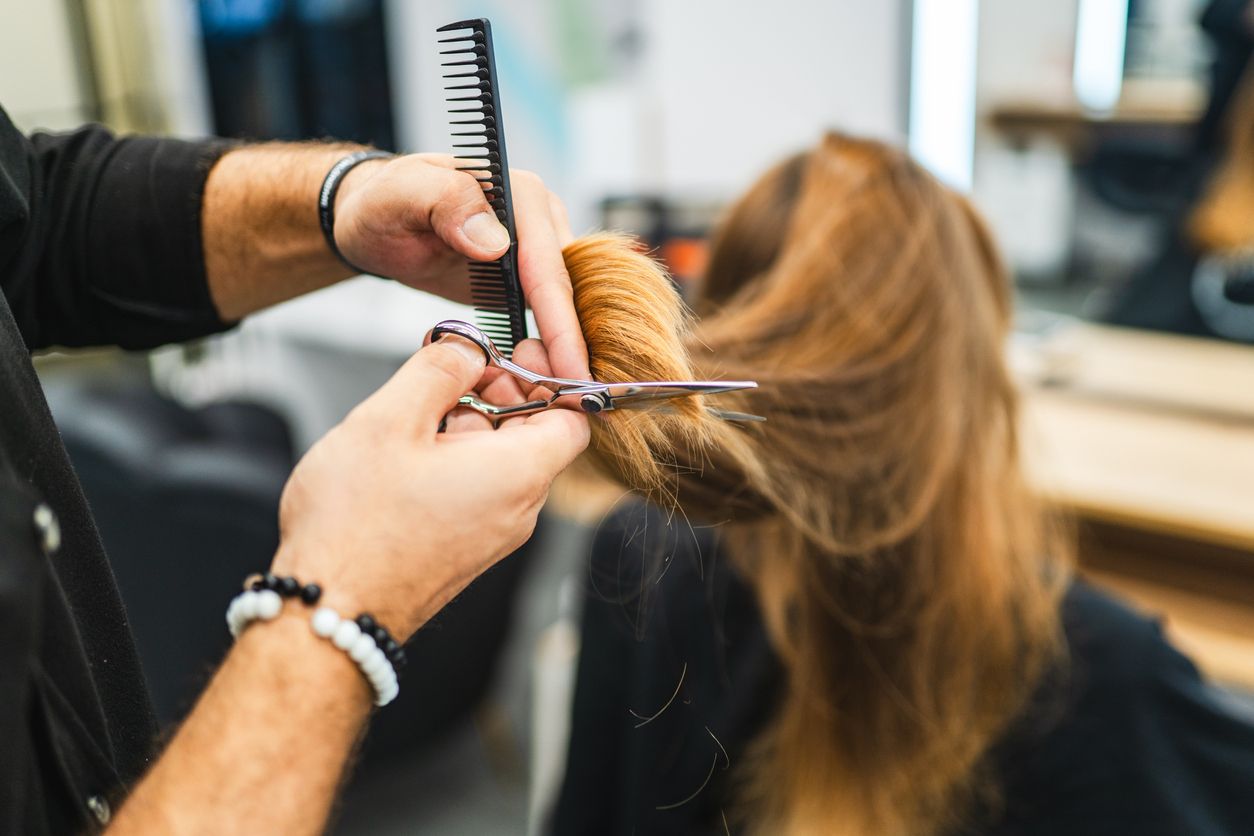
One common misconception in the realm of hair care is the belief that cutting your hair somehow stimulates faster growth. This myth likely stems from the idea that trimming your hair removes damaged ends and encourages healthier growth from the roots. However, the truth is that cutting your hair has no direct impact on its growth rate.
Hair growth occurs at the root level, deep within the hair follicles located beneath the scalp. The ends of your hair strands, which are visible, do not play a role in the rate of growth. Therefore, trimming or cutting these ends does not affect how quickly your hair grows from the roots.
However, while cutting your hair may not accelerate growth, regular trims are still beneficial for maintaining overall hair health. One significant reason for this is the prevention of split ends. Split ends occur when the protective outer layer of your hair, called the cuticle, becomes damaged or frayed. If left untreated, split ends can continue to split further up the hair shaft, leading to breakage and making your hair appear thinner and less healthy.
By getting regular trims to remove split ends, you help prevent the damage from spreading and keep your hair looking its best. While this process doesn't directly accelerate growth, it promotes healthier hair by reducing breakage and maintaining a uniform appearance. Additionally, a regular trim can refresh your hairstyle and remove any damaged or dull-looking ends, giving your hair a more vibrant and polished look.
In conclusion, cutting your hair does not make it grow faster, as growth occurs at the root level. However, regular trims are essential for overall hair health, as they help prevent split ends and maintain a fresh and vibrant appearance. Focus on maintaining a healthy scalp environment, proper nutrition, and gentle hair care practices to support optimal hair growth and vitality.
Myth #5: Hair Loss Only Affects Men

One prevalent misconception about hair loss is the belief that it exclusively affects men. While male pattern baldness is indeed more widely recognized and discussed, it's crucial to recognize that women can also experience hair loss.
In women, hair loss often presents differently than in men. Instead of the typical receding hairline or complete baldness seen in male pattern baldness, women may experience gradual thinning of hair, particularly at the crown of the head. This condition is known as female pattern hair loss or androgenetic alopecia.
Several factors can contribute to hair loss in women. Hormonal fluctuations play a significant role, especially during key life stages such as pregnancy, menopause, and when using certain forms of birth control. Changes in hormone levels can influence the hair growth cycle, leading to increased shedding or thinning of hair.
Stress is another common trigger for hair loss in women. Emotional or physical stress can disrupt the normal hair growth cycle, causing hair follicles to enter the resting phase prematurely and resulting in increased hair shedding.
Nutritional deficiencies, particularly of essential vitamins and minerals like iron, vitamin D, and biotin, can also contribute to hair loss in women. Certain medical conditions, such as thyroid disorders or autoimmune diseases, may affect hair health and lead to increased hair shedding or thinning.
It's important for both men and women to understand that hair loss is not exclusive to one gender. While male pattern baldness is more commonly discussed, women can also experience significant hair loss due to various factors. Seeking medical evaluation and addressing underlying causes can help manage hair loss effectively in both men and women.
addressing underlying causes can help manage hair loss effectively in both men and women.
免費體驗
F8 Hair Regrowth Treatment
1 Minute Self-Registration
Date should not be before minimal date
The Real Science Behind Causes of Hair Loss
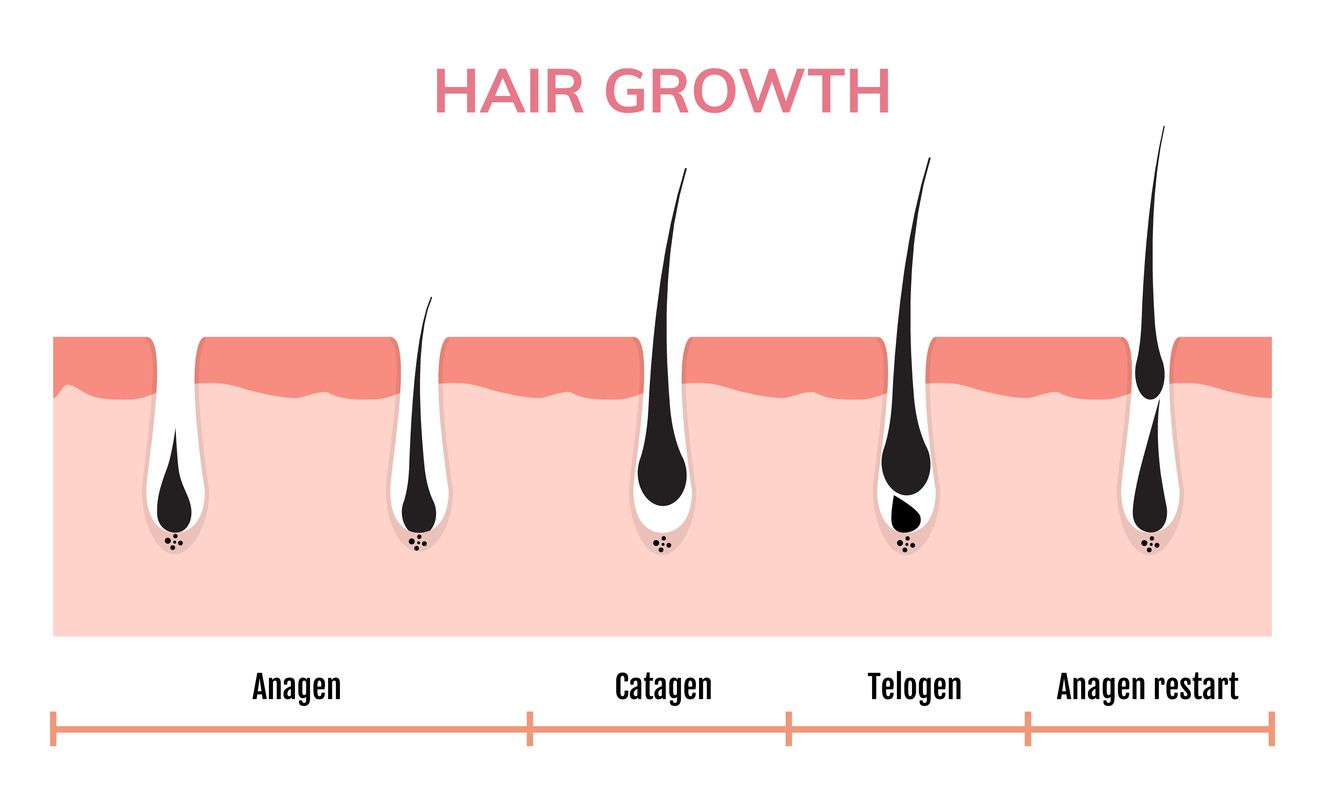
Hair growth follows a specific cycle consisting of three phases:
• Anagen Phase (Growth Phase): This is the active growth phase where hair follicles produce new hair cells. The anagen phase can last for years, determining the length of your hair.
• Catagen Phase (Transition Phase): This short phase marks the end of active hair growth. The hair follicle begins to shrink and detach from the blood supply.
• Telogen Phase (Resting Phase): During this phase, the hair follicle is completely inactive, and the hair strand eventually falls out. Everyone sheds hair naturally, typically around 50-100 strands per day.
Whenever the cycle gets disrupted, that's actually when your hair growth slows and get affected. Here are several factors can disrupt this cycle and lead to hair loss:
• Genetics: Androgenetic alopecia, also known as male or female pattern baldness, is the most common type of hair loss and has a strong genetic component.
• Hormonal Changes: Androgens, hormones typically associated with masculinity, can miniaturize hair follicles and shorten the anagen phase in both men and women.
• Medical Conditions: Certain medical conditions like thyroid disorders, autoimmune diseases like alopecia areata, and polycystic ovary syndrome (PCOS) can disrupt the hair growth cycle and cause hair loss.
• Medications: Some medications, such as chemotherapy drugs and blood pressure medications, can have hair loss as a side effect.
• Stress: Severe or chronic stress can trigger a temporary form of hair loss called telogen effluvium.
• Nutritional Deficiencies: Deficiencies in iron, vitamin D, and other essential nutrients can impact hair health and contribute to hair loss.
Losing Hair and In Need of Intervention? Let Perfect Medical Help With Your Sudden Hair Loss
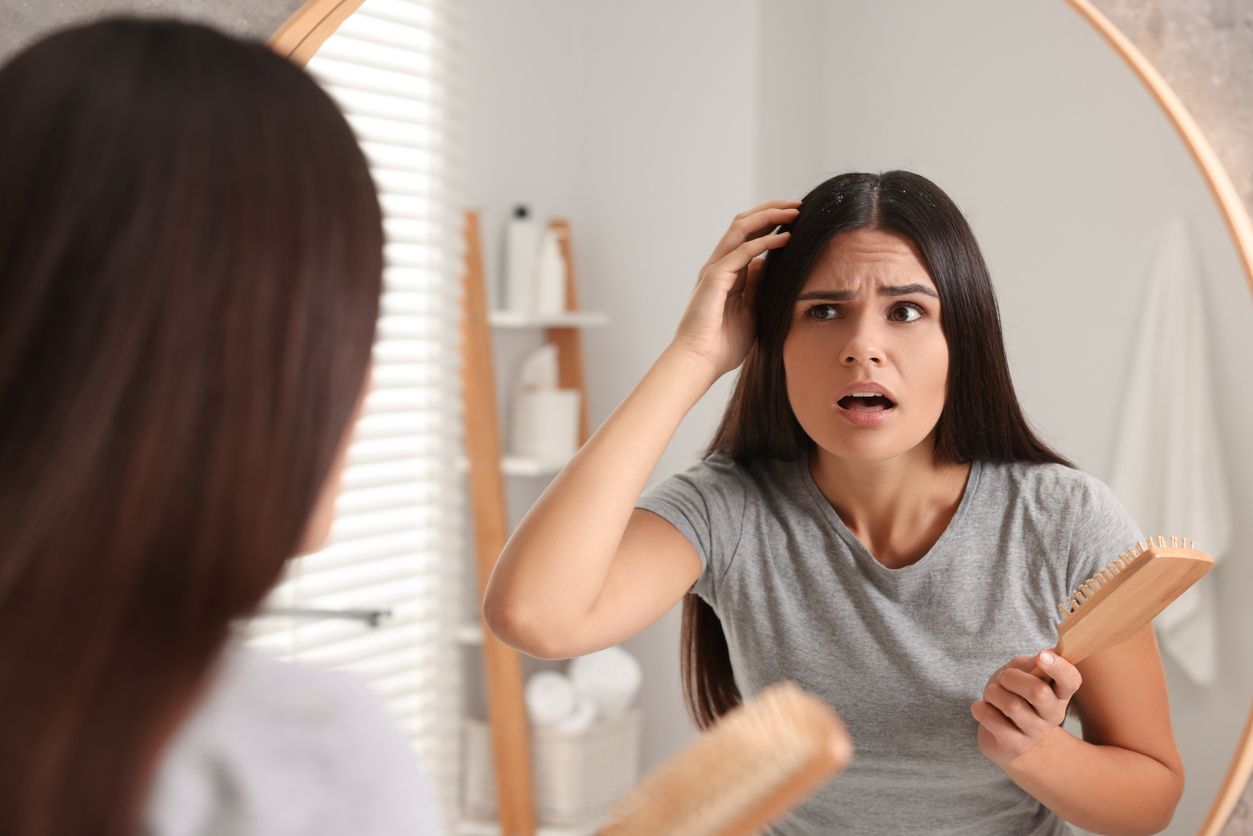
Hair loss can be a distressing experience, especially when it leads to noticeable thinning or further hair loss. Factors such as hormonal changes, stress, and medical conditions like alopecia can contribute to hair loss issues. While some may resort to birth control pills to manage hormonal fluctuations, these medications can sometimes exacerbate hair loss concerns.
However, there is hope for those struggling with hair loss. The F8 Hair Regrowth Treatment offers a comprehensive solution to treat hair loss and stimulate hair growth effectively. Unlike traditional methods that may only address symptoms, F8 targets the root cause of hair loss to provide long-lasting results.
How F8 Hair Regrowth Treatment Can Slow Hair Loss?
One of the key benefits of F8 Hair Regrowth Treatment is its ability to stimulate hair growth. By utilising low-energy laser beams and a specialised serum, F8 promotes blood circulation to the scalp, nourishing hair follicles and encouraging healthy hair growth. This stimulation of hair follicles not only prevents further hair loss but also triggers the regrowth of new, stronger hair strands.
Moreover, F8 Hair Regrowth Treatment goes beyond just stimulating hair growth. It actively treats hair loss by revitalising weakened hair follicles and improving the overall health of the scalp. This holistic approach ensures that noticeable hair loss is addressed comprehensively, leading to thicker, healthier-looking hair over time.
Unlike some treatments that may have side effects or limited effectiveness, F8 Hair Regrowth Treatment is designed to be safe and suitable for various hair loss concerns. Whether you're experiencing gradual thinning or noticeable hair loss, F8 offers a tailored solution to treat hair loss and restore confidence in your hair's appearance.
In conclusion, F8 Hair Regrowth Treatment stands out as an effective and innovative approach to combat hair loss issues. Its ability to stimulate hair growth, prevent further hair loss, and target noticeable thinning makes it a valuable option for anyone seeking to regain a fuller, healthier h
免費體驗
F8 Hair Regrowth Treatment
1 Minute Self-Registration
Date should not be before minimal date
FAQ

1. What is hereditary hair loss, and can it be diagnosed with blood tests?
Hereditary hair loss, also known as androgenetic alopecia, is a common type of hair loss that tends to run in families. While family history is a crucial factor in diagnosing hereditary hair loss, blood tests may not directly diagnose this condition. However, blood tests can help rule out other potential causes of hair loss, such as hormonal imbalances or nutritional deficiencies.
2. How does hair follicles shrinkage contribute to patchy hair loss?
Hair follicles shrinkage, known as miniaturisation, is often associated with hereditary hair loss. When hair follicles shrink over time, they produce finer and weaker hair strands, leading to patchy hair loss or thinning. Understanding this process is key to addressing and managing hereditary hair loss effectively.
3. Can body hair be used for hair transplants to regrow hair in areas of thinning?
Yes, in some cases, body hair can be used as donor hair for hair transplants to regrow hair in areas affected by hereditary hair loss. This approach is especially beneficial when scalp donor hair is limited. Hair transplant procedures aim to transplant healthy hair follicles to areas with hair loss, promoting regrowth and improving hair density.
4. What are the factors that contribute to more hair growth in individuals with a family history of female hair loss?
Despite a family history of female hair loss, several factors can contribute to promoting more hair growth. These factors may include adopting a healthy lifestyle, managing stress levels effectively, using appropriate hair care products, and considering medical treatments like topical solutions or oral medications recommended by a healthcare professional.
5. Can the use of curling irons or flat irons contribute to scarring alopecia or other forms of hair loss?
Excessive use of heat styling tools like curling irons or flat irons can potentially damage hair strands and lead to hair loss over time. While occasional use may not cause significant issues, frequent and high-temperature styling can weaken hair follicles and contribute to conditions like scarring alopecia. It's important to use heat styling tools responsibly and incorporate protective measures to maintain hair health.








